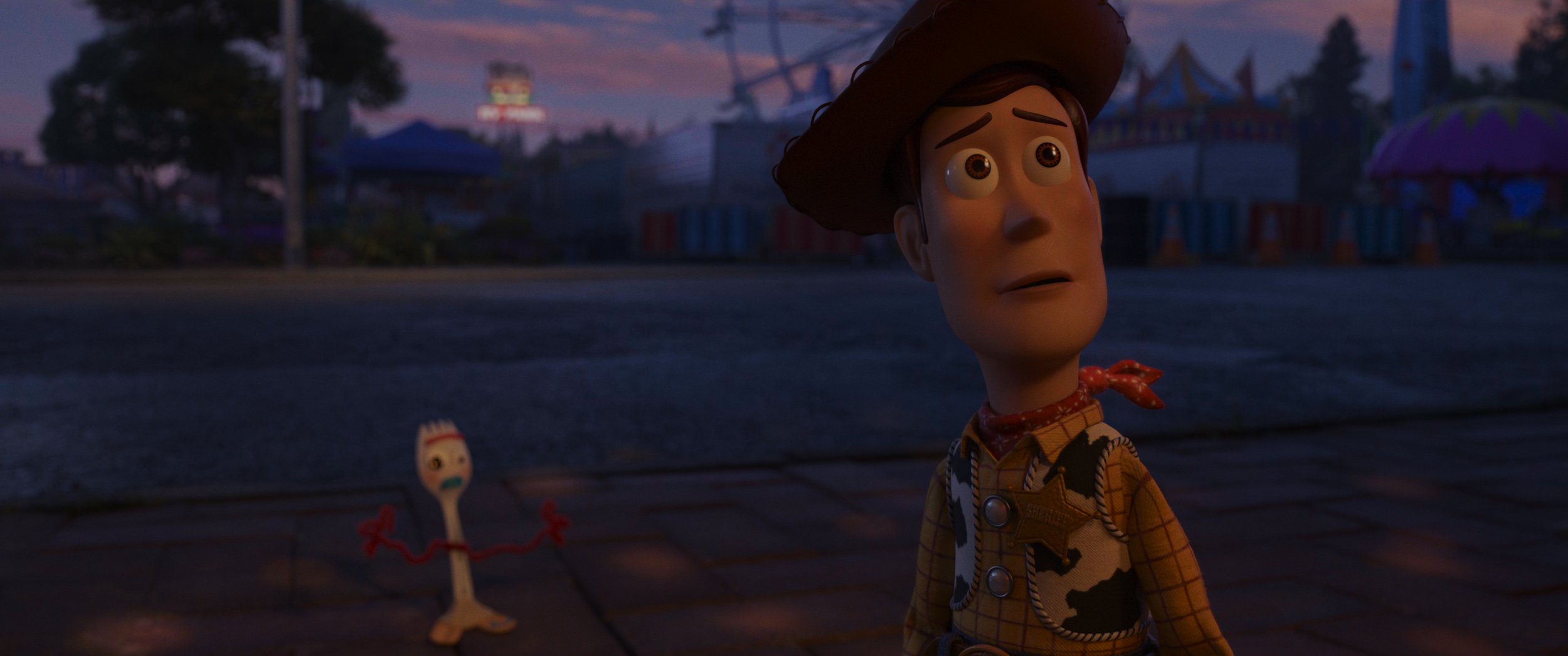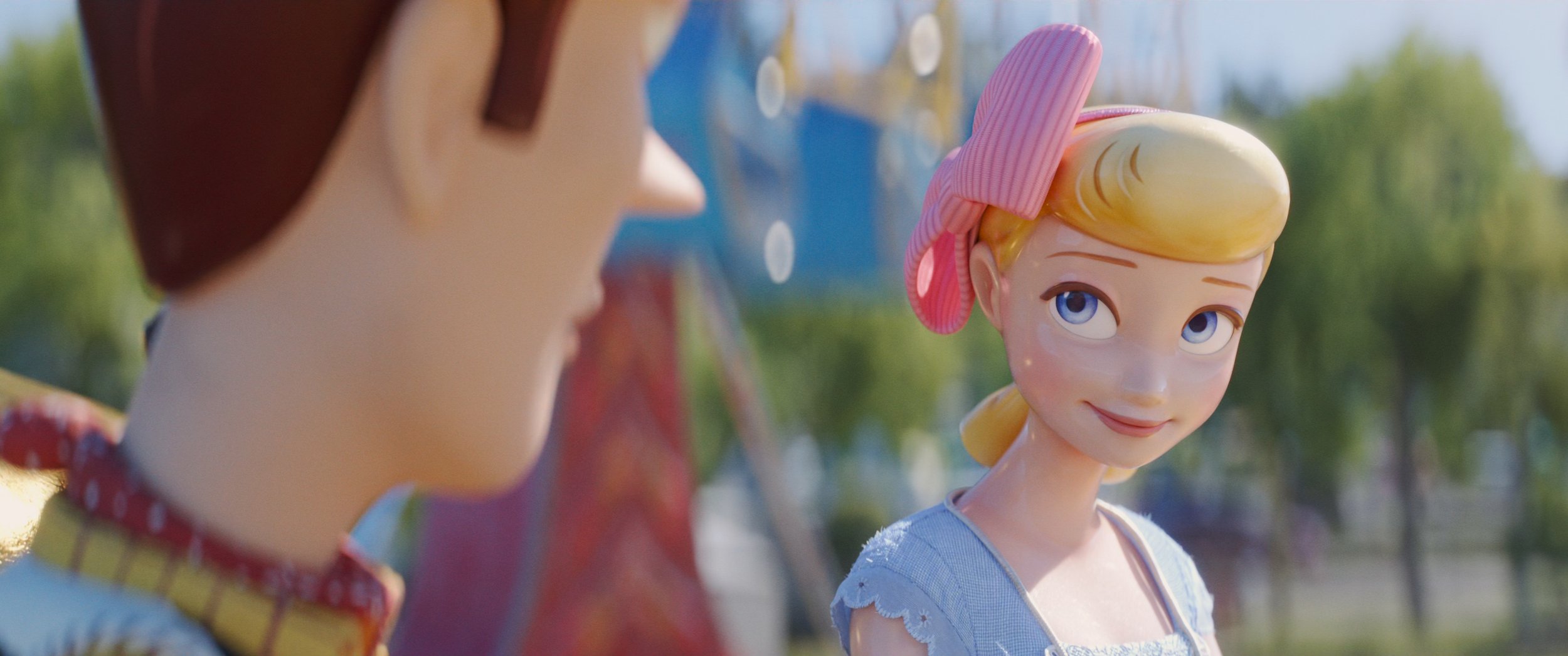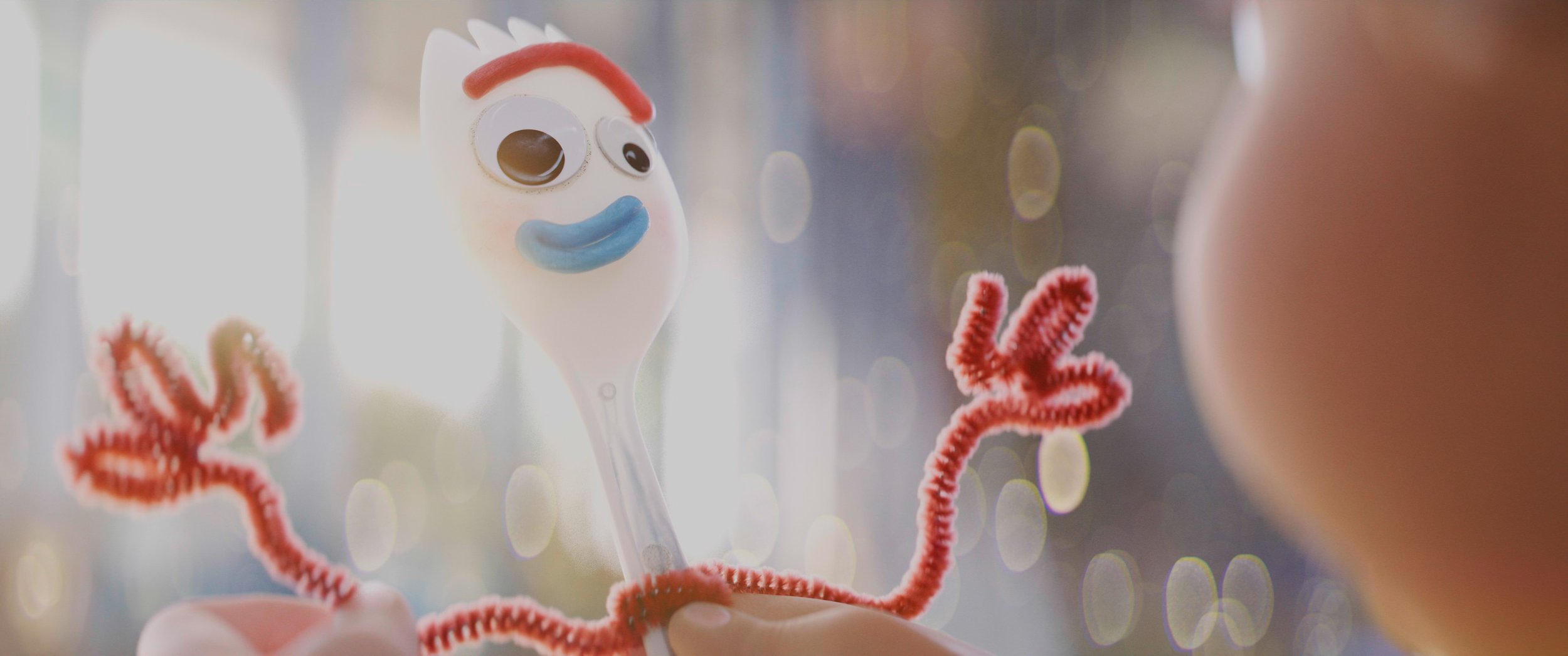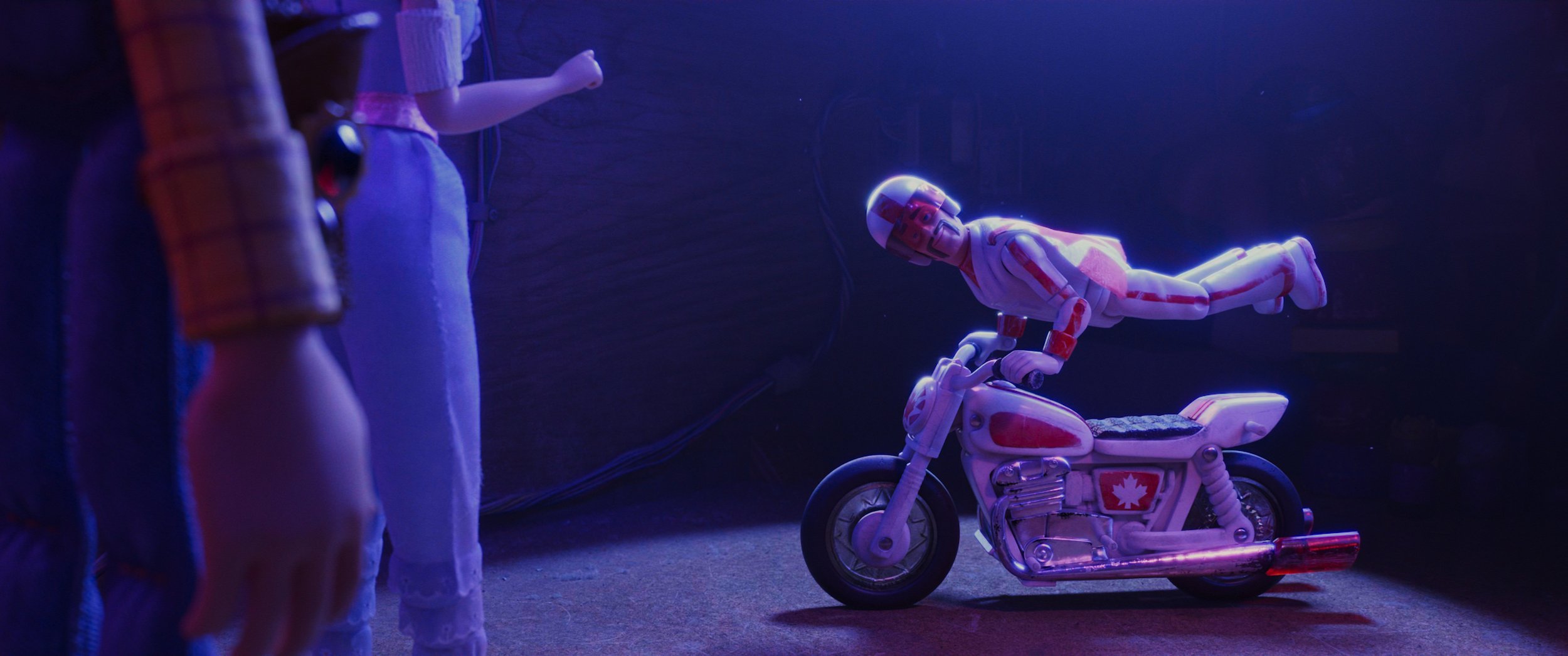Here’s the key to why this works so much better as an ending than Toy Story 3: the emotional conclusion is with characters we actually care about. Everybody gushes over Andy going to college, but was it with him that we spent all our time with in the first two films? Pixar famously chose toys rather than human characters for their first feature because of technological constraints, but that didn’t limit them in the slightest since they put so much effort into fleshing out their characters anyways. For two and two-thirds films, we’re thoroughly and without interruption convinced that these inanimate objects contend with life’s trials like the rest of us. Then suddenly, in an ending that I’ve always felt was jarring, they focus on Andy. Who is Andy? He’s just a dude who we are supposedly connecting with. Oh, his life is changing, I remember going to college and leaving my childhood behind... why end on him? One of the major successes of the series is its deeply felt anthropomorphisms, yet the last film ignores them for the most part. Toy Story 4 thankfully relocates that final emotional exit. Woody, the man we’ve been struggling alongside, finds a fitting finish. He’s not defined by anyone but himself. No longer does he sit in the shadow of Andy’s easy connection with (human) audiences; Woody, Buzz, Bo, Jessie, etc., the non-cop-out, slow sympathy-earning characters, on whose backs the story rests, get to end things on their own terms.
As many have pointed out since its release, Toy Story 3 has a near-identical plot to Toy Story 2. Indeed, this installment is very similar, too, but in a few notable ways, it diverges in the third act (the most important act for a film purporting to be the “end” of certain things). In fact, there is a flippancy with which the characters treat particular narrative maneuvers which make for almost a mockery of the self-seriousness in the third film. A few plot developments of Toy Story 3 affect the new film thematically (although it might have been interesting to see Woody working through his emotional state after Andy’s departure without the context of the previous film), but in many ways, the newest film could have been a good fit for the finale in the Toy Story trilogy. The copycat narrative of Toy Story 3 is extraneous. Toy Story 4 in relation to the original sequel, rather, is a derivative—with a difference. The difference will go unspoken in this review as to avoid spoilers.
I noticed myself often looking at every other character besides Woody. Woody would be holding Forky, for example, and I would only watch Forky. Why? About halfway through, when I realized where my eyes had been drifting, I started consciously looking at Woody more often. It seems like, at least by my perception, in the first act of the film, that Woody is often in shadow. The luminance of his skin looks a shade lower than the characters around him. Was this a simple side effect of the horror tropes used throughout? Or was it intentional, simulating the lack of attention being paid to him by Bonnie? Or by the filmmakers themselves during Toy Story 3’s conclusion, by my reckoning? He is a “lost toy” after all, cast into the shadow of his own self-doubt, muddled by his often conflicting sense of duty toward fellow toys and their ever-changing masters. Then thrown even farther into the darkness as a new master/servant relationship emerges with him on the other side. Maybe the filmmakers didn’t toy with the value of Woody’s skin, but nevertheless, having him paired with the bright-white Forky makes for a notable contrast. Forky, a newborn trying desperately to get back in the womb, a physical embodiment of Woody’s existential crisis and a burden on his soul. Forky, a mix between BOB and the angel-in-the-picture-frame for Woody’s Laura Palmer, throws the cowboy’s life into chaos just so the latter can see how his path needs changing. “There’s a snake in his boot,” sayeth the seer—can only be drawn out by a primordial spork.
